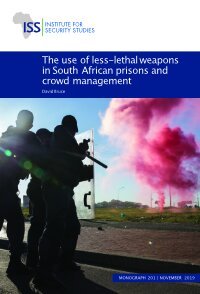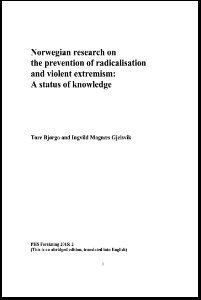By Bryan Vossekuil; Robert A. Fein; Marisa Reddy; Randy Borum; and William Modzeleski
This publication results from ongoing collaboration between the U.S. Secret Service and the U.S. Department of Education. Its goals are to determine whether it could have been known that incidents of targeted violence at schools were being planned and whether anything could have been done to prevent them from occurring. Results from the Secret Service's Exceptional Case Study Project (ECSP) are used to organize planning. This report describes the Safe School Initiative, defines "targeted" school violence, and discusses the prevalence of school violence in American schools. The methodology of this study, sources of information, and an analysis of survey responses are also discussed. Incidents of targeted school violence are characterized, including characteristics of the attacker, conceptualization of the attack, and signaling, advancing, and resolving the attack. Implications of study findings and the use of threat assessment as a strategy to prevent school violence are presented.
Washington, DC: United States Secret Service and United States Department of Education, 2004. 54p.





















